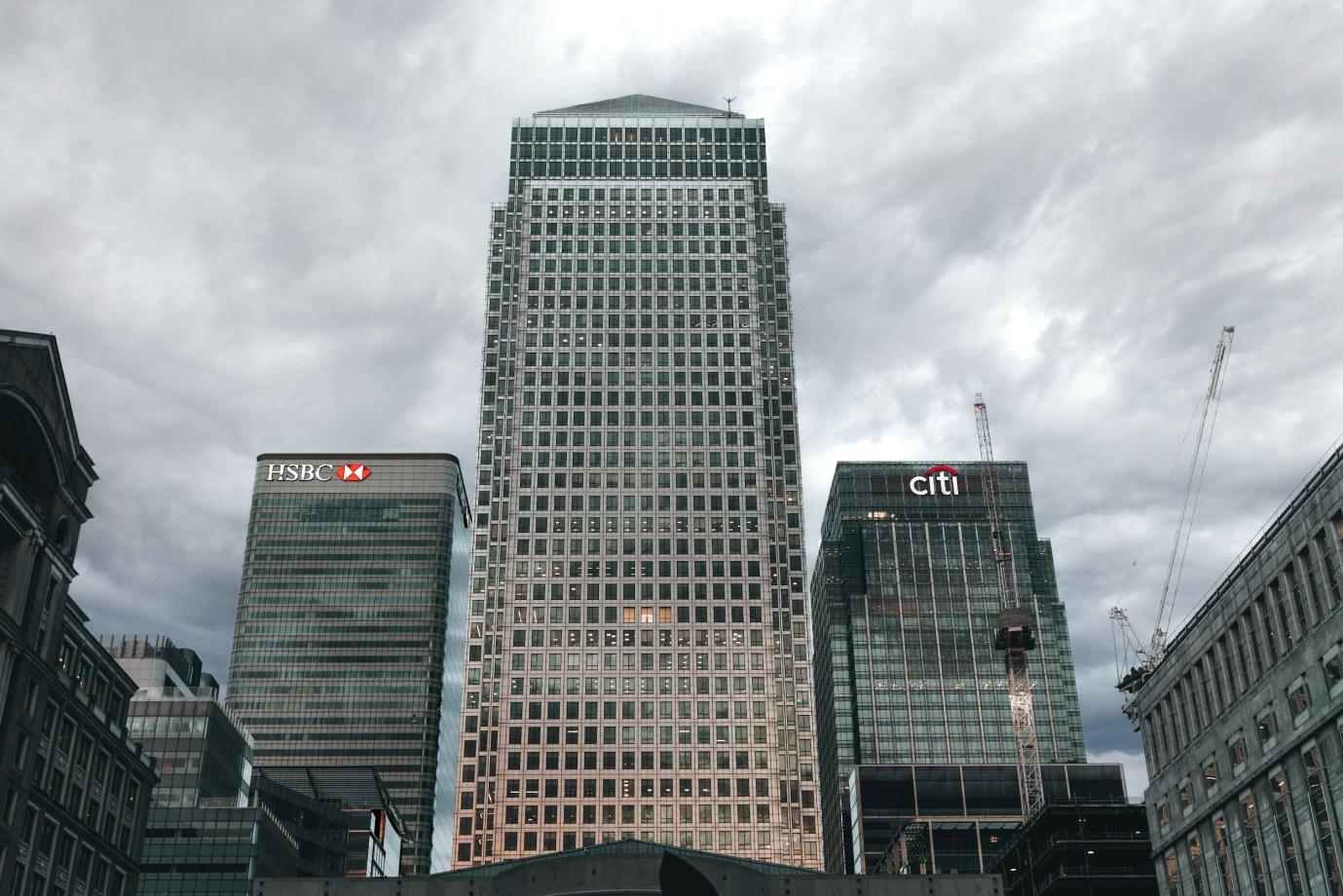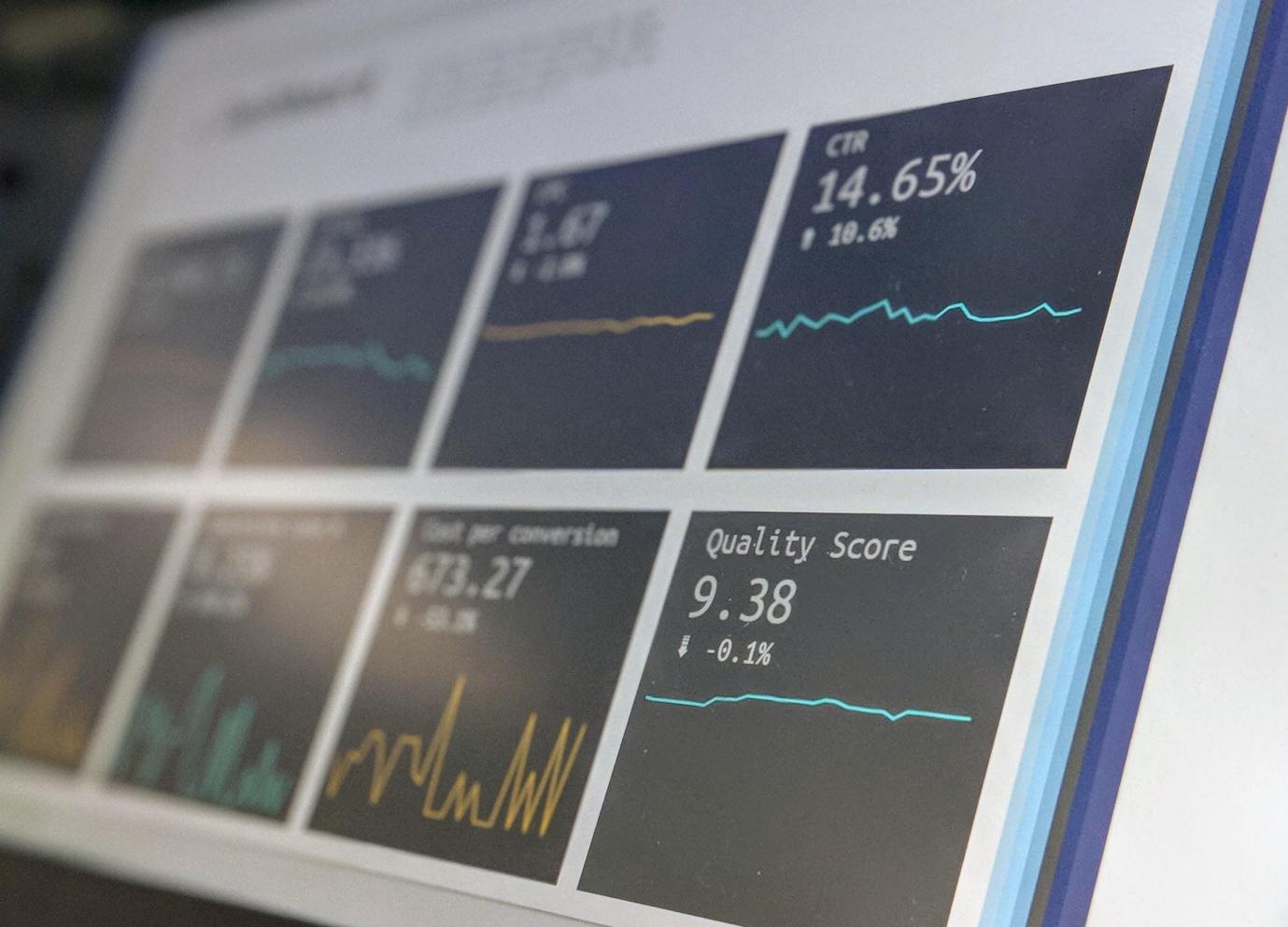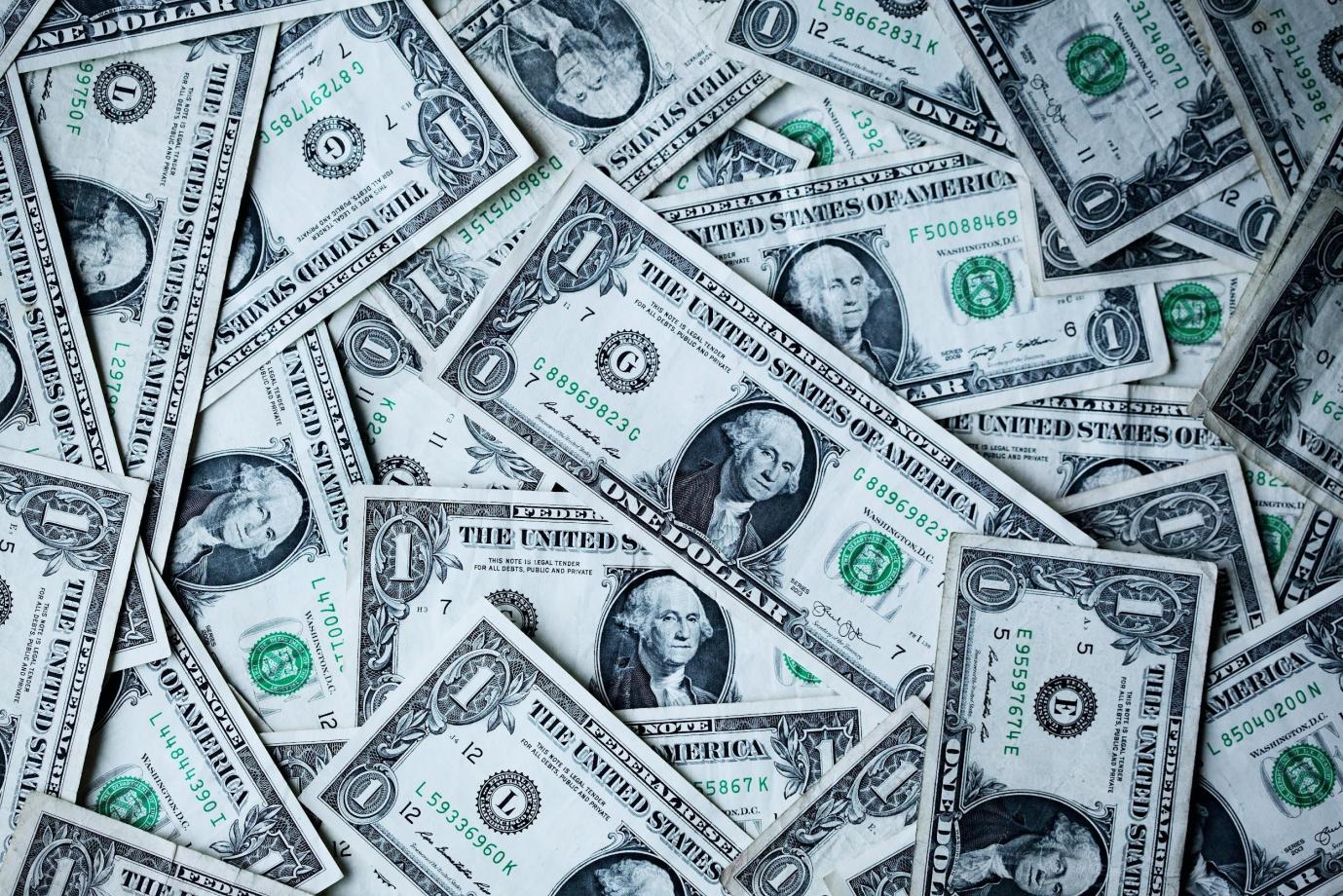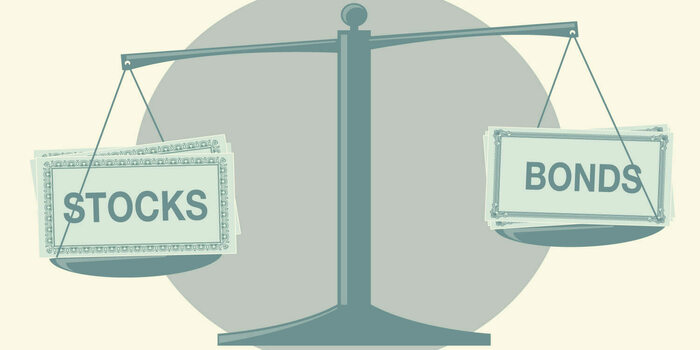Introduction

One of the key economic issues of the late aughts and early 2010s was the existence of "too large to fail" banks. An issue that contributed to the worst economic downturn since the Great Depression was painfully brought into sharp relief by the 2008 financial crisis: many of the largest financial institutions in the U.S. were in serious trouble and could have threatened to destabilize the entire economy if allowed to fail.
"Too big to fail" refers to a class of institutions that are so large and intricately intertwined that collapse would be catastrophic for the economy. So, here are examples of a few big banks that were too big to fail.
List of "too big to fail" banks
Lehman Brothers
The well-known and reputable financial bank Lehman Brothers filed for bankruptcy on September 15, 2008, after Hank Paulson, the Treasury Secretary for the Bush Administration, declined to provide them with a bailout.
Although there had been some market turbulence in the months before, many believe that Lehman Brothers' collapse marked the start of a larger global financial crisis.
After the Lehman bankruptcy caused the Dow Jones Industrial Average to drop by 504 points, or nearly 4.4%, and the Nasdaq to drop by 3.6%, officials changed their minds about bailouts and started a $700 billion initiative to stabilize financial markets.
Bear Stearns
A modest but renowned investment bank called Bear Stearns has a sizable holding in mortgage-backed securities. In order to alleviate issues that confidence in other banks would be forfeited when the mortgage securities market went wrong, the Federal Reserve loaned $30 billion to JPMorgan Chase & Co. (JPM.N) for the purchase of Bear Stearns.
The bank failed in a matter of moments. Bear Stearns moved from being a top-tier investment bank to going insolvent in a matter of weeks. As more and more clients came in to take their money, Bear Stearns was dealing with a typical bank run. The bank was losing money rapidly.
Citigroup Inc.
Another major player in the financial sector, Citigroup, was likewise caught up in the maze of mortgage security issues back in 1998.
According to Tom Schlessinger of the Financial Markets Center, a nonprofit organization that monitors monetary policy and financial-services concerns, the Citigroup announcement undoubtedly intensifies the conversation about too-big-to-fail.
To be fair, Citicorp was too large to fail even before it decided to wed Travelers. Others are less worried that the expansion of major financial services corporations will endanger safety and soundness, in fact. For starters, businesses like Citigroup would be highly diversified, allowing issues with poor loans in one area to be balanced out by improved performance in another.
Fannie Mae & Freddie Mac
Fannie Mae and Freddie Mac had announced a plan to back 90% of all new mortgages for homes in 2009. They began providing subprime loans as part of their strategy to even those who are unable to repay them. These loans were afterward offered as financial securities by the agencies, enabling investors to earn greater returns after the collapse of the housing bubble.
When the likelihood of both agencies going bankrupt grew due to the rising number of mortgage default cases. Given that it might have a disastrous effect on the housing market, the U.S. The Treasury provided a $100 billion loan to help them pay off all of their mortgages.
JP Morgan Chase & Co.
JP Morgan is one of the most "systemically significant banks" in the world, according to the G20. Another way to say "too big to fail" is that.
It indicates that it is not only big but also actively involved in international trade.
Due to the bank's connections to so many other banks and investors, problems at the bank might have a disastrous effect on several countries. However, in recent days the bank has come a long way from its crisis back in the early 2000s.
How to avoid "too big to fail"?

Past attempts to stop systemically important banks from turning into TBTF have been many. For example, the Dodd-Frank Wall Street Reform Act of 2010 created the Financial Stability Oversight Council and introduced the Volcker Rule. The United States government made sure banks raised their reserve requirements and only took small risks.
Along with managing operations and crises, banks can avoid TBTF by taking the following precautions:
- Increasing the stock capital's value
to surpass global standards, often known as Swiss Finish. It helps to stop significant losses from happening.
- Under the global financial system changes put out by the Financial Stability Board (FSB), major international banks like Goldman Sachs, Deutsche Bank, and others ought to think about issuing special debt that they might hold onto throughout the difficult market conditions.
- Using bonds with a conversion option to shares or contingent convertibles (CoCos). These serve as sizable reserve tanks for banks when they run into financial difficulties.
Is "too big to fail" still relevant?

There is a significant possibility that, in the event of another financial crisis more than ten years from now, the government would commit resources to save banking institutions. During the global financial crisis, Congress authorized a $700 billion bailout plan, but according to some estimates, the United States spent, lent, or guaranteed up to $12.8 trillion to save the economy.
The government practically offered itself as a backup to dozens of institutions thought to be vital to the U.S. financial system, even though that amount of money may not have been spent directly. Hence, looking at the economic situation, the concept of "too big to fail" might revive.
Conclusion
All International financial institutions do fall under debt due to various factors. In fact, bankruptcy has become a major problem in most western countries. So, it would only be natural to face another economic depression.
The "too big to fail" concept might still be a possibility, given the outcome of the upcoming financial years. Moreover, this concept even goes with various enterprises, for instance, General Motors and Chrysler.




